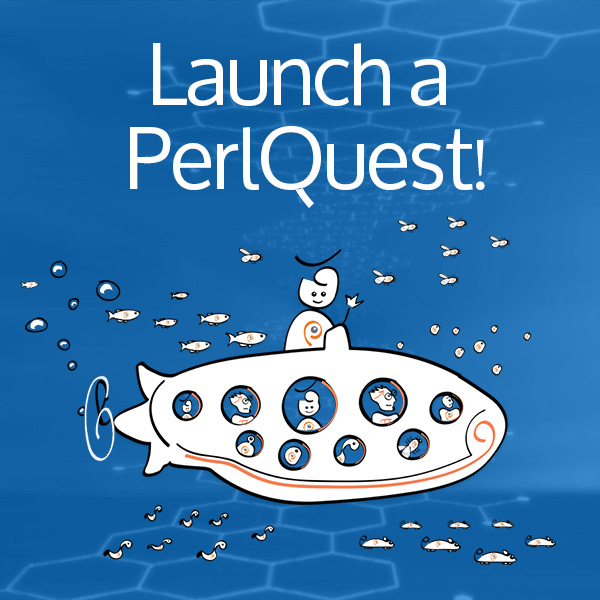Earlier this month we announced our 7th PerlQuest! Our new Pancreatitis PerlQuest partnership is with Mission: Cure, a nonprofit organization whose mission is to find a cure and improve the quality of life of those affected by pancreatitis and, in the process, demonstrate a new, faster model of curing disease using innovative financing based on patient outcomes.
Meeting Mission: Cure
The genesis of our Pancreatitis PerlQuest partnership was my meeting Mission: Cure Co-Director Megan Golden at the 2017 Global Genes Summit in Irvine last October. Bruce Bloom, founder and Director of Cures Within Reach, had put Perlara on Megan’s radar, and that initial exploratory conversation between Megan and me at Global Genes kicked off a series of scientific discussions and diligence calls with a wide circle of experts, advocates, and clinical stakeholders in pancreatitis, including but not limited to Mark Haupt from Ariel Medicine and Steve Pandol from Cedars-Sinai Medical Center. The Perlara team worked with Megan and Co-Director Linda Martin to finalize a Research Plan and negotiate a PerlQuest Collaboration Agreement this spring.

Pancreatitis – a genetic condition
There is growing evidence that pancreatitis is genetically driven – especially in children – but there are no approved therapies for the disease. One of the genes involved in pancreatitis is CFTR, the same gene that causes cystic fibrosis. The first set of scientific discussions centered around why we thought we could model CFTR-driven pancreatitis in yeast. Based on the work of John Hartman’s lab at the University of Alabama Birmingham, we already knew that the yeast YOR1 gene is an old cousin of the human CFTR gene, and so YOR1 can model CFTR folding, trafficking and function. I blogged about those findings over two years ago
CFTR drug discovery
Unlike what happens in cystic fibrosis (CF), mutations in CFTR that cause pancreatitis are thought primarily to affect the bicarbonate ion transport function of CFTR, not the chloride ion transport function of CFTR that drives multi-organ disease pathology in people with CF. In practical terms, that means all the functional assays, reagents and cell lines (and expertise) developed by the Cystic Fibrosis Foundation, Vertex and others to find drugs like Kalydeco and Orkambi for cystic fibrosis don’t obviously translate to drug discovery and development for chronic pancreatitis. We reasoned that we could extend the foundational CF modeling work of Hartman and colleagues by creating yeast YOR1 models that express pancreatitis-associated CFTR mutations in order to identify evolutionarily conserved modulators and modifiers of CFTR function.
A robust back-and-forth process yielded the Stage 1 Research Plan, which Perlara yeast Team Leader and Senior Scientist Jessica Lao will describe in an accompanying post. As Jessica explains in greater detail, we’re excited to break new ground scientifically with a yeast-to-organoid drug screening pipeline. Once we have hits from our yeast YOR1 “patient avatars,” we will work with Mission: Cure and collaborators at Cedars-Sinai to validate hit compounds in mutation-matched, “pancreas-on-a-chip” models. Precision medicine, with an evolutionary twist.
Perfect fit for Pancreatitis PerlQuest partnership
Like Mission: Cure, Perlara is committed to patient outcomes and financial accountability. As a biotech PBC, we couldn’t be more aligned on all activities from the discovery stage to clinical proof-of-concept. In the meantime, it’s back to generating and validating 27 yeast YOR1 patient avatars!
Read Jessica’s follow-up post on this partnership, and our plans for developing and screening pancreatitis yeast models.
Image: FLICKR, 102642344@N02 / CC BY 2.0, modified from the original



